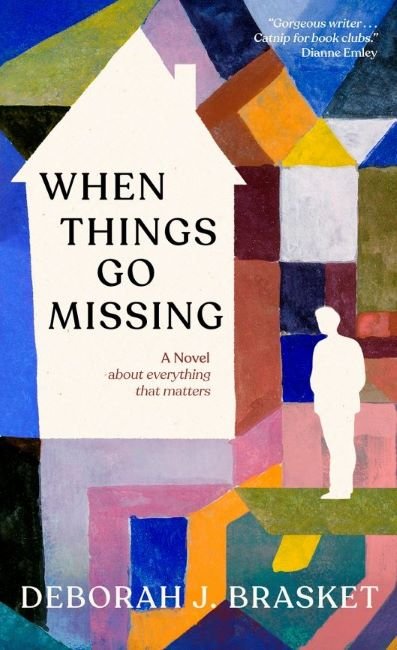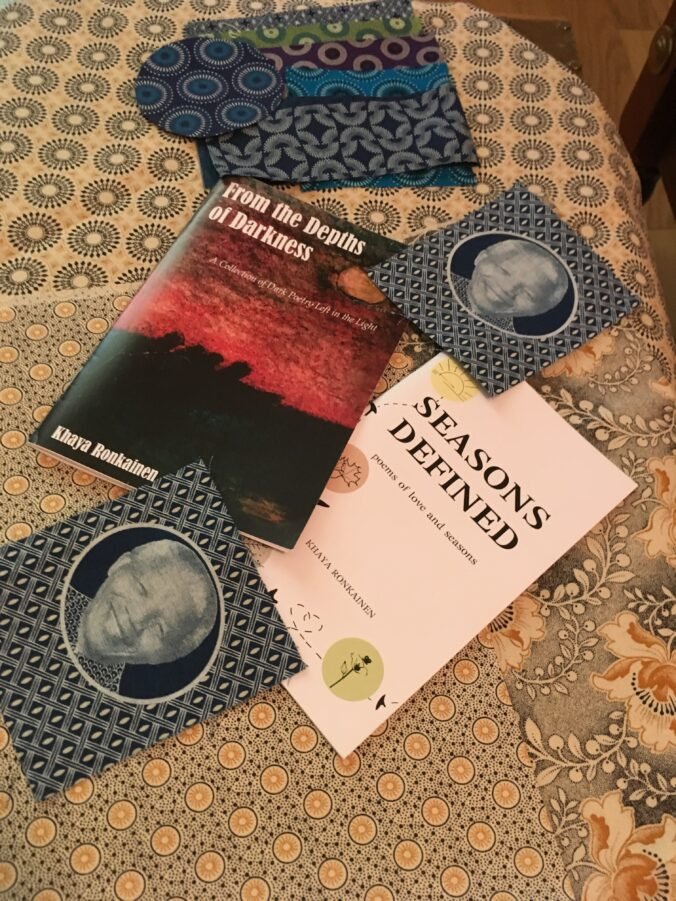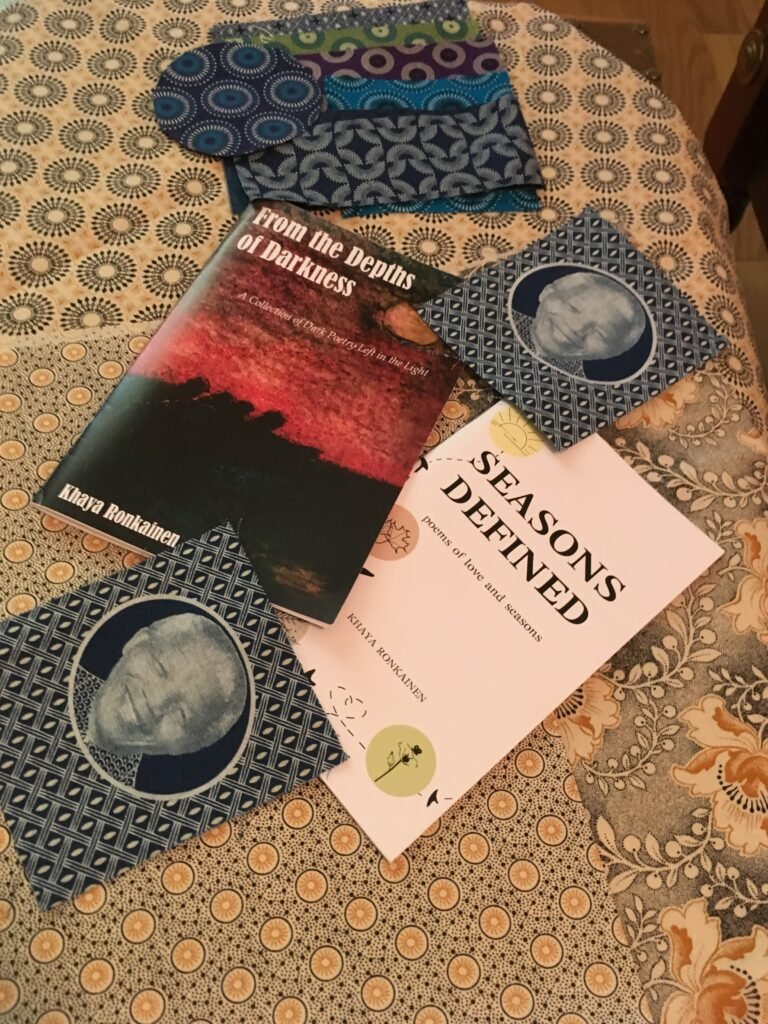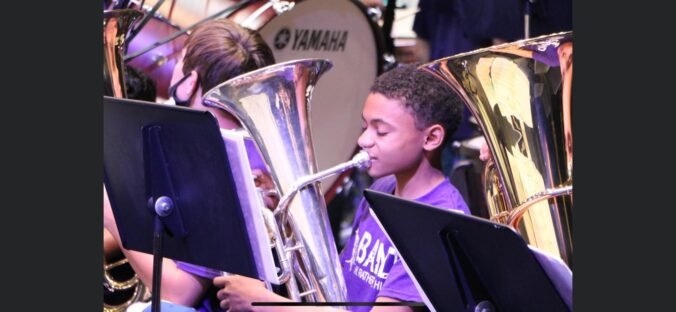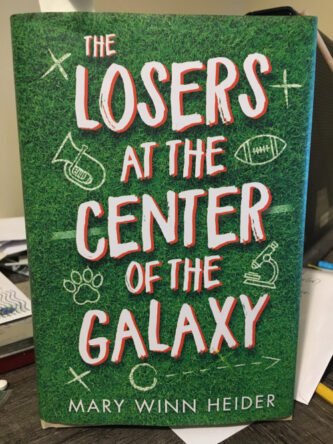Mini Review: When Things Go Missing by Deborah J. Brasket
Sitting cross-legged on the bed as Franny sorts through old journals and piles of stuff, I was there with her. As she discards pieces of her life no longer relevant to who she has become or where she wants to be, I was ushered into the world of the story which followed. The story of When Things Go Missing by Deborah Brasket.
This initial relatability of Franny’s character enabled me to ease into the unique family dynamics of living with an addicted adult child. Slice of life stories recounted by each member of the family – Franny (mother), Walter (father), Cal (son) and Kay (daughter) – interconnect yet move forward independent of each family member. Except Cal. The addict. Making little to no movement forward in his life, always dependent on others even during periods of recovery.
Thus, the family itself is in a constant state of uncertain flux, with personal growth and goals being held back by varying degrees over the years. The conundrum of living with and loving an addict.
As the first ‘thing’ to go missing, Franny upsets the tenuous dysfunctional family status quo. She spontaneously packs a light bag, her camera and snacks, then begins driving down the coastal highway with no destination in mind. How each family member copes and changes during her disappearance is the gist of the story. How Deborah crafts the story is what kept this reader, reading.
With the development of each character, I see the world through their eyes and think their thoughts. Getting into their heads coupled with action imagery in the narrative, they each speak their own story as it unfolds in the novel. A good example of this is in the scene where Kay’s new boyfriend unexpectedly arrives early at her apartment.
“You can’t be here already. I wasn’t expecting you this soon.” Her hands fly to her ponytail, pulling her hair free. She looks down at the dirty sweats she’s wearing and then at the mess in her apartment. Kay doesn’t do neat… “Tell me you’re kidding. You’re not really here. Not yet. Please.” She peels off her sweats and squirms into a pair of jeans. He laughs. “It’s true, I’m really here.” “Then wait… I’ll be out in a few minutes,” she tells him, kicking her dirty sweats into the closet.
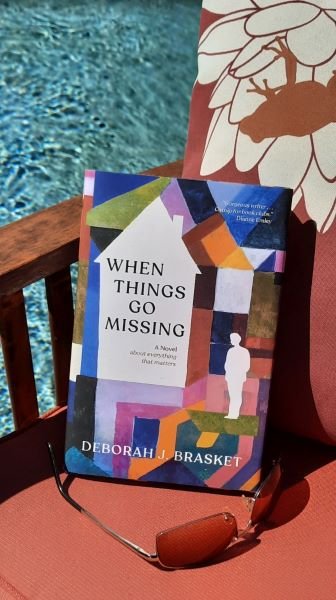
This same immersive style of writing intensifies the overwhelming realities of Cal’s lifestyle as an addict. Deborah’s descriptions of the “matrix that holds everything together” – the people that make life on the streets as an addict possible – are visceral yet understandable to one not engulfed by those realities.
Glimpses of Cal as seen through his mother, sister, father, and assorted street people are woven into a complicated tapestry, expertly balancing his ‘endearing qualities’ with how those same qualities act as enabling his continuous vicious circle of addiction.
With scant softening around the edges, Deborah speaks – writes – with grit and grace.
Luckily for this reader, the story does not end there. There is much to relish from start to finish throughout the book. Nor does the novel come to an abrupt ending – hastily tying loose ends together for the sake of completion. It is not a fairy tale ending, but a workable ending. Addiction never truly goes away. People and relationships are always evolving. But the desire to stay connected with those we love is an ever-present driving force.
As in real life, we are all works in progress.
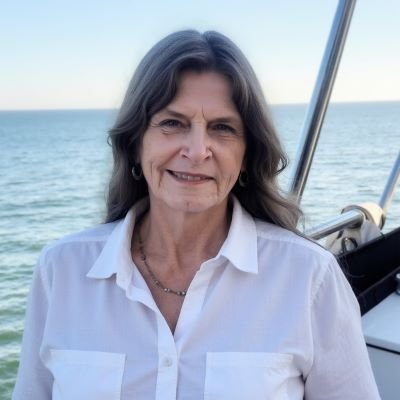
After sailing around the world with her husband and children, teaching literature to college students, and fighting for affordable housing as the leader of a nonprofit, Deborah J Brasket finally settled down among the golden hills and vineyards of California’s central coast to write the kinds of novels she loves to read.
When Things Go Missing available at Amazon, Bookshop, Barnes & Noble.
As promised, one lucky commenter will receive a free copy of When Things Go Missing. Comment below to be entered into a drawing. Randomly selected winner to be announced sometime next week.
